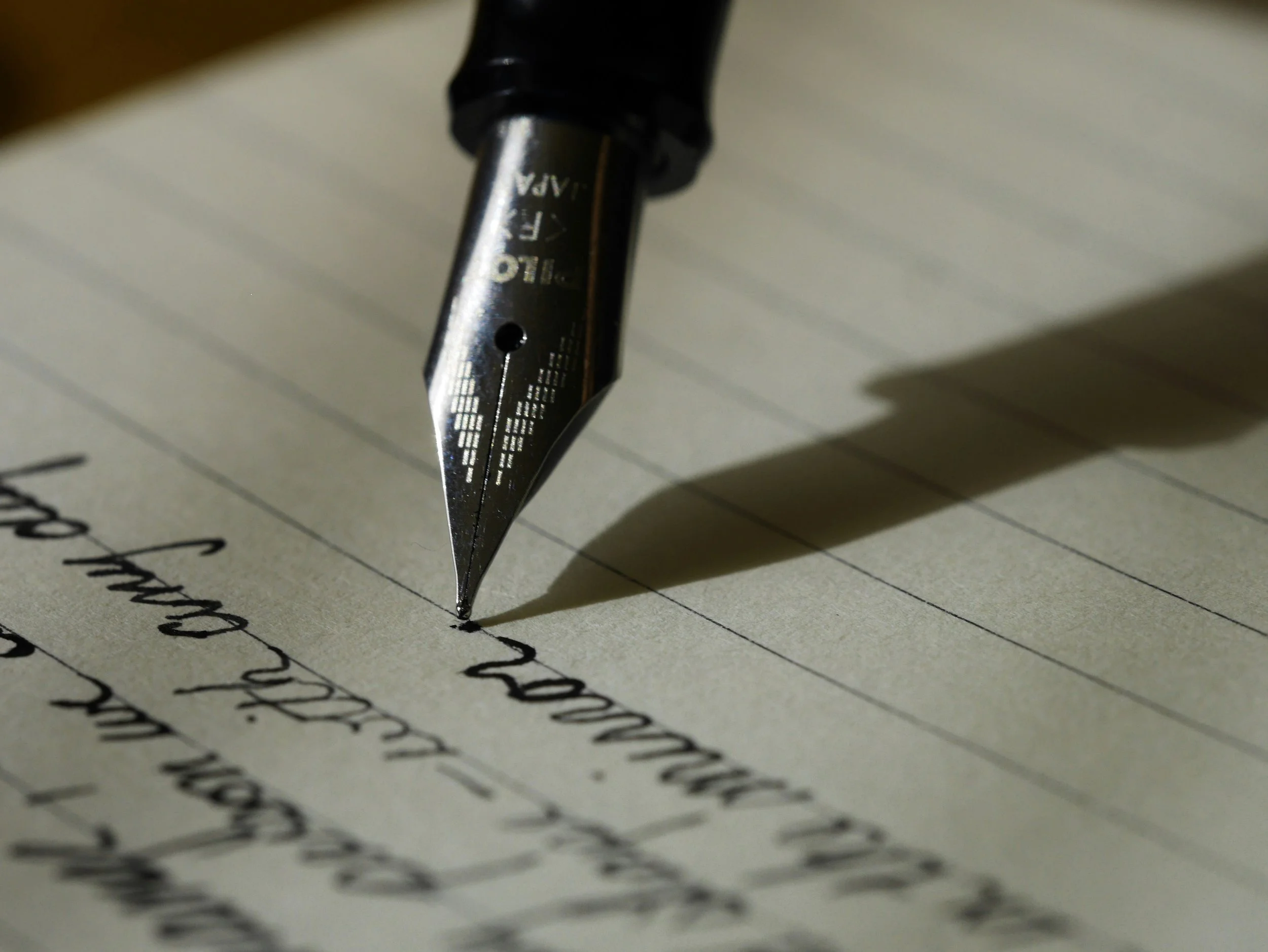When you know what your story is really about, you can make more effective decisions—from macro decisions, like point of view and content, to micro decisions, like the nouns and verbs used to describe events. This clarity increases the probability of creating a coherent story. Coherence in the context of storytelling is the internal harmony of an integrated whole, aligned parts within that whole, and functions that cooperate and are in sync. In other words, every element of the story sends the message you want to send.
Before we can decide on the best way to send the signal, we need to get clear on what signal we want to send. I'll walk through the steps here and show how I used them to develop the story idea based on the Wreck of the Ten Sail.
1. Identify Your Core Idea
Articulate your initial story concept, focusing on the basic elements of person, place, and problem. This is about considering all the raw material: the story details we're drawn to initially, but also our experiences and the stories we've read and watched throughout our lives. Our story is a response to all of that. The first step in converting this material to a story readers love is identifying the person, place, and problem of the story. That is your premise.
Example:
- Person: Captain William Lawford
- Place: Caribbean Sea
- Problem: Rescue and salvage mission
2. Ask "Why" Repeatedly
Ask a series of "why" questions, at least five. This helps uncover deeper motivations and connections to the story. We're interrogating the premise to get to the bottom of what's driving us. When we answer the question at first, we tend to come up with derivative stuff that's already been done. We're relying on short-term memory for these quick answers. Instead, we want to head for the deeper recesses of the mind. Continuing to ask "why" helps us go there.
Consider these questions:
- Why is this person's experience of interest to me? What are the qualities of that person that matter to me?
- Why do I want the story to unfold in this place? What is it about this specific environment that I'm interested in?
- Why this problem? What is it about this situation that makes me want to build a whole story around it?
- When I think of the events I want to dramatize through the story, why do I care?
Example:
- Nautical setting
- The scale: Managing a convoy of over 50 ships is a massive undertaking.
- The context: It's 1794, and Great Britain is at war with France, adding danger to the journey.
- The challenge: Lawford faced factors beyond his control, like impatient merchant captains rushing ahead.
- The responsibility: As the convoy's leader, Lawford bore immense responsibility for lives and cargo.
- The aftermath: Despite the initial failure, Lawford managed to save most of the crew members.
- Exploring how we solve complicated issues
- How we meet needs and resolve conflict
- Solving problems with limited resources
- Recovering from disaster and mission failure
- Leaving a situation better than you found it
3. Explore Key Themes
Look for the themes and patterns that emerge from your responses. We're trying to extract the gestalt or the whole that is greater than the sum of its parts from the data of our responses. Something in the background comes into focus in the foreground.
Another way to look at this is through the lens of "the what, so what, now what." The "what" are our responses to the why questions. Then we ask, so what? We try to make sense of what we're seeing by looking for similarities and differences.
Example:
- The complexity and scale of the challenge
- Responsibility and leadership
- Conflicts between moral standards and other values
- Adapting to failure
4. Connect to Universal Human Experiences
Think about how the story relates to broader, timeless human issues or experiences. Stories resonate with readers not just because they are exciting but also because they explore universal human needs—like those that Maslow identified—and the problems we face trying to meet them. At this point, you have a better idea of why you care about the story, but we want to consider why someone without your relationship to the story would care.
Example:
- Problem-solving in a new place
- Letting go of hopes and plans when disaster strikes
- Making a positive impact despite setbacks after a disaster happens
5. Consider Contemporary Relevance
Reflect on how your story, even if historical or set in a fantastical universe, connects to current issues or challenges.
Example:
- How do we solve seemingly intractable problems when our current tools and worldview are inadequate?
6. Distill the Essence
Craft a concise statement (1-2 sentences) that captures the core of your story idea, including the main character, central conflict, and key themes. From all of this material, you're going to do another distillation to create a sentence or two that captures the essence of the story for you. The elements of the premise will be there, but you'll add qualifiers to make it specific and capture the nature of the challenge you want to explore.
Example:
"A young captain facing a catastrophic failure must navigate not just treacherous waters, but also human nature and his own limitations, to find a new way forward and leave a positive mark on the world."
7. Reflect and Refine
The story's essence is a starting point. Your first draft probably won't be the last word on the subject. Sleep on it. Write it on an index card and carry it around with you. Look up the definitions of the words you're using and check out a thesaurus to see if there is a word that is even more precise.
Tips for Applying the Steps
1. Customize the process for you. We all come to the work a little differently. Try following the steps as presented here, but use what you know about yourself and the way you work to modify this process.
2. Understand it's an iterative process. The list of steps as I'm showing them here is a little deceptive because it's not a linear trip from point A to point B to point C. Your thinking on any given question may change as you go further. You might say that's a feature, not a bug. By returning to the questions over and over, you'll gain new insights that will bring you closer to your story's essence.
3. Hold it lightly. If you've been thinking about your story idea for a long time, you may feel like all the details are vital to the story you want to tell. Maybe that's true, but it may not be. I've worked with a writer who was convinced she wanted to write a crime story, but it turns out she was more interested in the secrets people hide and the stories they tell themselves and others.
4. Navigate the tricky parts:
- Finding the right questions that will unlock the essence of your story. It helps to imagine you are wearing a different hat when you formulate the questions and when you answer them—or even sit in a different place. I know some people might find this silly, but a change in context can significantly alter how we perceive things.
- Taking your time when answering. Don't settle for the first thing that comes to mind. Writing practice is a great way to explore these questions in depth. Remember, there's no single right answer. The goal is to uncover what's most meaningful to you about your story idea.
5. Remember this is about prioritization. Your story can't be all things to all people. I know you want to appeal to a wide audience, but if we try to make it universal, it will be a muddled mess. There will be no clear signal that you are sending, and the reader won't be able to slip into the narrative dream. The key is to get very specific about what you care about and then build on that.
This framework simplifies the complex process of clarifying what you want to communicate through your story. If you stick with the process, you'll uncover the essence of your story idea. If you did nothing more, you'd already be able to write a better story than you could without this understanding. That's because the vision of the story that you hold in your mind will naturally conform to the essence. There's still a lot more we can do to send your unique signal to your readers successfully, but this is a first step that puts you on the right path.














